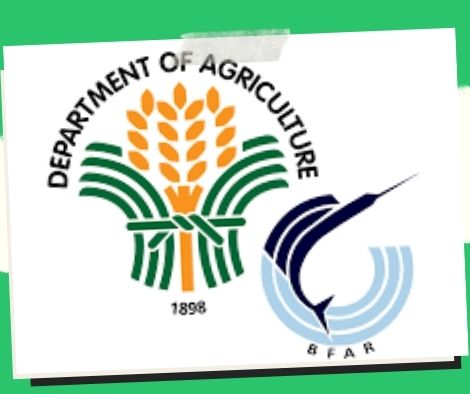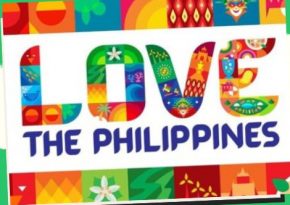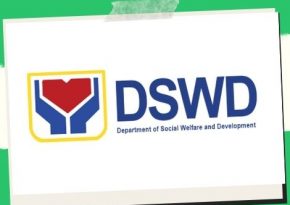
BFAR: The ‘FishCoRe’ initiative will begin to be implemented in August.
In August, the Department of Agriculture’s Bureau of Fisheries and Aquatic Resources (DA-BFAR) and the World Bank will launch their first-ever joint project.
The seven-year Philippine Fisheries and Coastal Resiliency (FishCoRe) Project has a total budget of US$209 million (PHP11.42 billion), according to a statement released by the bureau on Tuesday.
Over 1.15 million fishermen, SME owners, other fisheries stakeholders, and local residents in coastal communities across 11 regions and 24 provinces will benefit from the project’s multiple fisheries interventions, which are intended to increase ecosystem and community resilience.
Director of BFAR Demosthenes Escoto remarked, “We thank the World Bank and all our partner national government agencies for helping us prepare for the ultimate execution of the FishCoRe project.
“This project is a holistic approach that confronts from all sides the various long-standing issues being faced by the fisheries sector; from ensuring the sustainability of our fisheries and coastal resources for food security to enabling maximized benefits of our fisherfolk towards poverty reduction through improved management on all facets to ensure a robust and resilient fisheries sector,” he continued.
The WB Board of Executive Directors gave the initiative their blessing on May 30.
Despite its significance and the existing programs and policies put in place by the government, this industry has consistently faced difficulties and threats to its sustainability, including declining fish catches, illegal, unreported, and unregulated fishing, high post-harvest losses, and pervasive poverty in fishing communities.
Emerging problems like climate change and natural disasters make these problems worse.
Through the use of the ecosystem-based approach to fisheries management (EAFM), the FishCoRe project seeks to address these issues, thereby increasing the value of fisheries production and raising income in coastal communities through research, knowledge, and technology.
The project will specifically aid in the creation and implementation of suitable fisheries management policies, strengthen institutional capacity for increased law enforcement, establish support facilities for the rehabilitation of coastal and marine habitats, and make other crucial investments to strike a balance between raising productivity and protecting the nation’s natural resources.
Through subprojects like satellite multi-species hatcheries, offshore mariculture in climate-resilient cages, postharvest handling, and fish/shellfish processing, with packaging and labeling intervention, and provision of climate-resilient technologies, among many others, it also aims to develop aquaculture and fisheries enterprises in aqua-industrial business corridors.
Through a variety of technologies, including integrated multi-trophic aquaculture (IMTA), community-based sea cucumber, abalone, and sea urchin nursery production, aquasilviculture, stock augmentation initiatives, and others, the project also aims to develop and diversify fisherfolk livelihood.
Another objective of the project is the creation of infrastructure, such as fish landing areas, fish ports, cold storage, and mobile laboratory equipment.
The BFAR stated that the project will be carried out in the archipelagic waters between the Visayas and Mindanao, as well as the FMAs 6 and 9, which are the important fishing grounds off the northwest coast of Luzon.
These two FMAs were chosen following a two-stage selection procedure in which each of the twelve FMAs was evaluated using a set of standards developed and approved by the Department of Agriculture and BFAR and presented to the World Bank early in the planning stages.
Fishery is a significant economic sector that, in 2022, provided 12.81 percent of the nation’s total agricultural Gross Value Added.
Currently, it supports the livelihoods of 1.49 million people nationwide.
Fish and fishery products are the second-most popular food among Filipinos after rice and rice products, making for 11.68 percent of each person’s total food intake.
Save/Share this story with QR CODE
Disclaimer
This article is for informational purposes only and does not constitute endorsement of any specific technologies or methodologies and financial advice or endorsement of any specific products or services.
 Need to get in touch?
Need to get in touch?

We appreciate your reading. 
1.) 

Your DONATION will be used to fund and maintain NEXTGENDAY.com
Subscribers in the Philippines can make donations to mobile number 0917 906 3081, thru GCash.
3.) 
4.) 
AFFILIATE PARTNERS

World Class Nutritional Supplements - Buy Highest Quality Products, Purest Most Healthy Ingredients, Direct to your Door! Up to 90% OFF.
Join LiveGood Today - A company created to satisfy the world's most demanding leaders and entrepreneurs, with the best compensation plan today.

 Business, Finance & Technology
Business, Finance & Technology

 Business Technology, Finance Technology & Information Technology
Business Technology, Finance Technology & Information Technology



 Solons cite DOT’s efforts to lure more travelers with new slogan
Solons cite DOT’s efforts to lure more travelers with new slogan 


